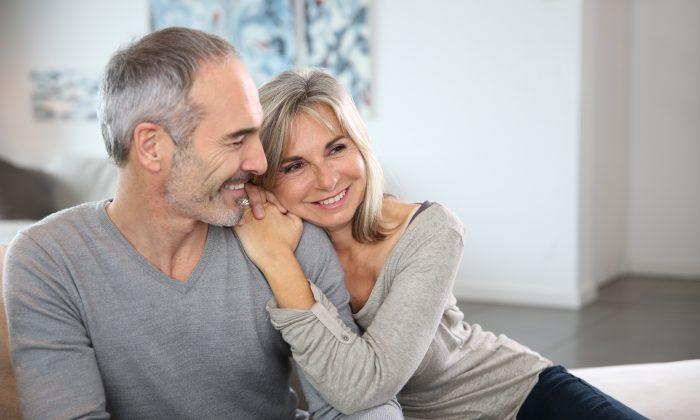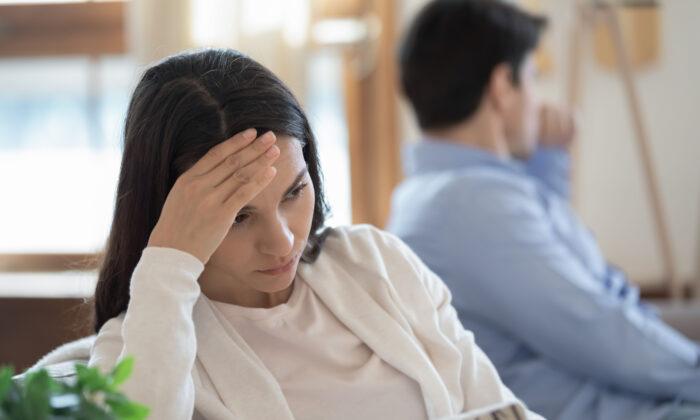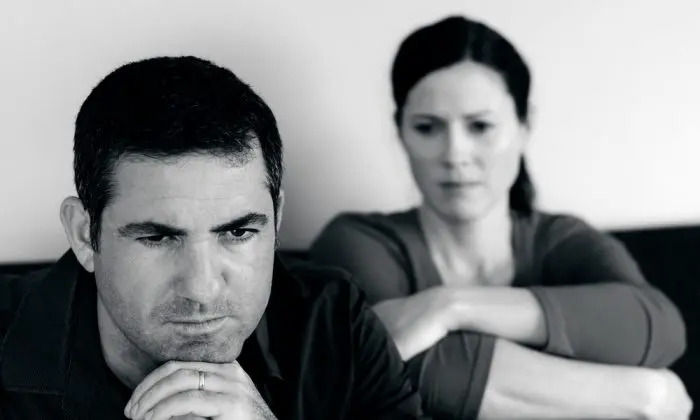Human beings harbor a deep need to belong. On a biological level, belonging is survival: If we’re not part of the herd, we’re left behind and die. In modern times, we need to belong to something larger than just ourselves to survive emotionally. We need to belong to feel accepted, loved, known, and, in a word, well.
Community is something we belong in—and to. If we break down the word “community,” the root is “common” and its suffix is “unity.” Community is a place where we share a common unity with others. A place where we belong.
In recent times, however, our experience of community has profoundly changed, largely as a result of our world becoming an online world. So much of life happens on screens these days, especially because of the pandemic. For many people, social media has become the new shared space, the place to socialize and find community. We simply don’t gather in person, face-to-face, like we used to.
The makers of technology likely intended it to bring people together to create actual community and a richer experience of life. Regardless of the original intention, however, it seems that the system has turned on itself. Recent studies have found that despite being more connected, people feel more alone and less “in community.”
As Sherry Turkle, a social psychologist at the Massachusetts Institute of Technology, puts it, “People are more connected to each other than ever before in human history. But they’re also more lonely and distant from one another in their unplugged lives.”
In my own book, “The Power of Off,” I wrote: “Sadly, with technology we risk winning the world but losing our village. We can be part of a community made up of people all over the world but not talk to the few people who share a bus stop with us every morning. Though known about by everyone, we are increasingly known by no one.”
According to research conducted at the Center for Cognitive & Social Neuroscience, at the University of Chicago, the more face-to-face interactions we have, the less lonely we are, while the more online interactions we have (the sort that don’t lead to face-to-face contact), the lonelier we are.
The problem is not that we are creating new sources of community but that online communities simply cannot offer the same emotional nourishment that physical communities can. Even as online communities are part of our daily life, we still need to come together physically to feel truly connected.
When the waitress at the local diner asks us if we want our “usual” or the coffee barista notices that we weren’t there the morning before, such experiences make us feel grounded, connected, and happy. Our need to belong, to feel included and part of something larger than ourselves, is met at a primal level when we are part of a physical, real-life community.
Being together and sharing space with other people becomes part of our cellular makeup in a way that’s different, emotionally and neurologically, from sharing something at a distance through the computer. Our body absorbs and retains in-person experiences on a deeper and more integrated level than online experiences. A hug, holding another’s hand, physical touch—all these release endorphins in our brain, which make us feel good, and which online community doesn’t offer. Bodies respond to other bodies. The heart responds to direct human contact.
Furthermore, in-person community is good for us in that it changes who we are and makes us more flexible and even more empathic. Out in the world, we must work with and consider others in a way that online interaction does not require. We need to leave our bedrooms, change out of our pajamas, and interact with the world; real-life community forces us to get out of our bubble, which is not just our living room, but also our own mind. Physical community demands us to be flexible and to work with others rather than just remain in our isolated universe with our own ideas and thoughts.
Being in physical community is also good for us because it requires us to do something hard—not something easy. To join a group online and gather with people over Zoom asks very little of us. Often, we can leave when we want to; we can give it only half of our attention while tinkering on other projects. Online community allows us to be the laziest version of ourselves, physically and mentally. But real-life community and face-to-face interactions demand our presence—our attention. They require, essentially, that we do the harder thing—not what we’ve gotten accustomed to doing online, which is taking the easiest and most convenient path.
What we know is that people describe a great sense of contentment and security when they experience themselves as part of, and known in, their shared physical world. On the other hand, these same people report feeling empty, unsatisfied, and lonely after hours of participating in virtual communities—precisely the opposite of the experiences they crave that face-to-face communities create.
I am not suggesting that we throw away our virtual communities; they serve a purpose. Rather, we need to honor the value, nourishment, and joy that come from spending time in one another’s company and sharing something together in real time. And to achieve that, we need to consciously make time to be together, face-to-face, in one physical place, as the embodied creatures that we are. Even with all the virtual connecting that’s happening, we still need the richness that can only come from sharing physical space. Physical and emotional presence are the building blocks of community. Both require effort—and it is effort wisely invested and unmistakably rewarded.
Why not make 2022 the year of giving yourself the gift of real-life community again? Start today and make a plan to get together with a friend. And show up when the date comes (don’t send a rain check emoji)! Ask a friend to take a walk rather than spending an hour texting together. Join a class or group that meets in person. Start making small but different choices. I promise you that moving back into real life, in-person community will nourish you—perhaps more than any other choice you make.






